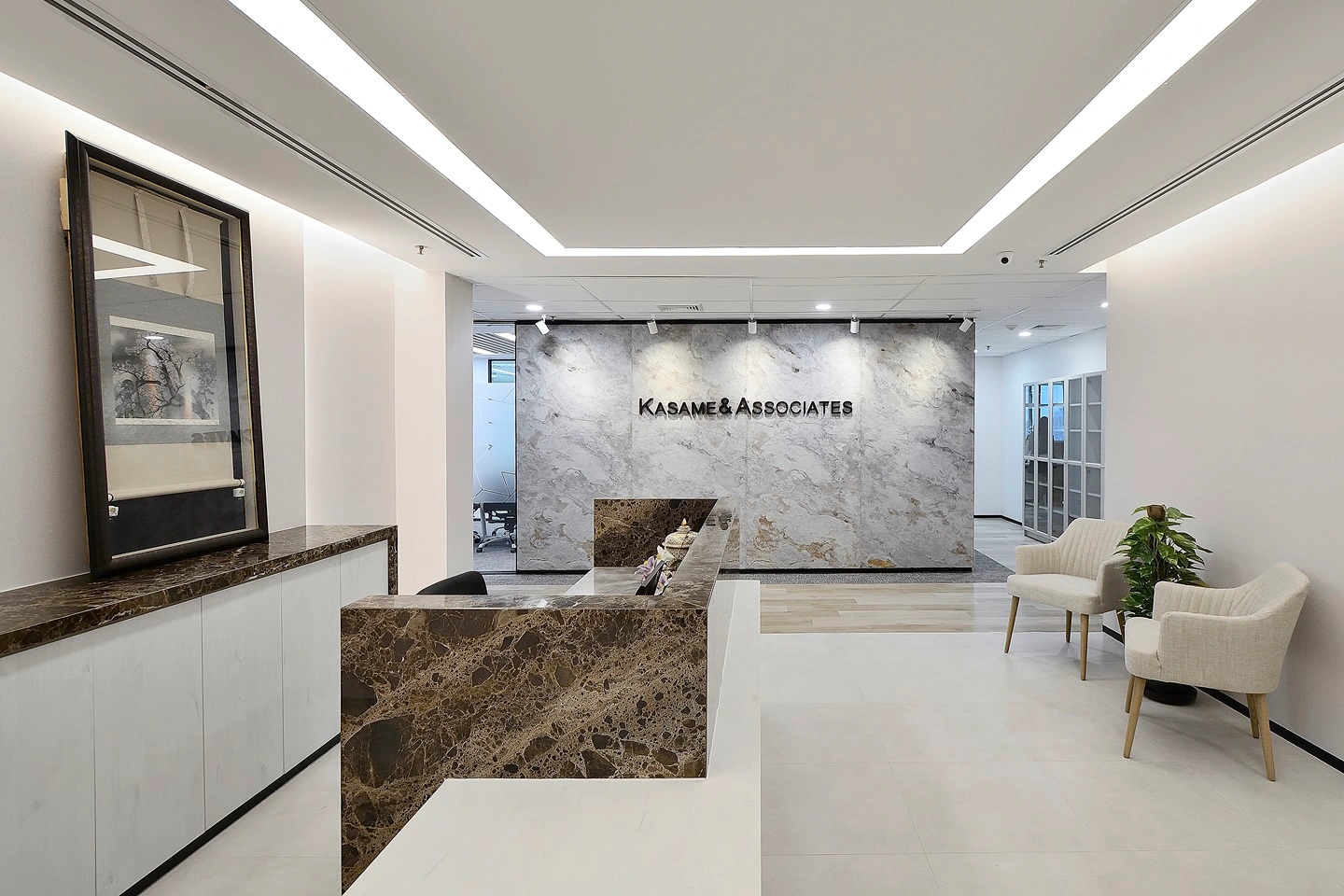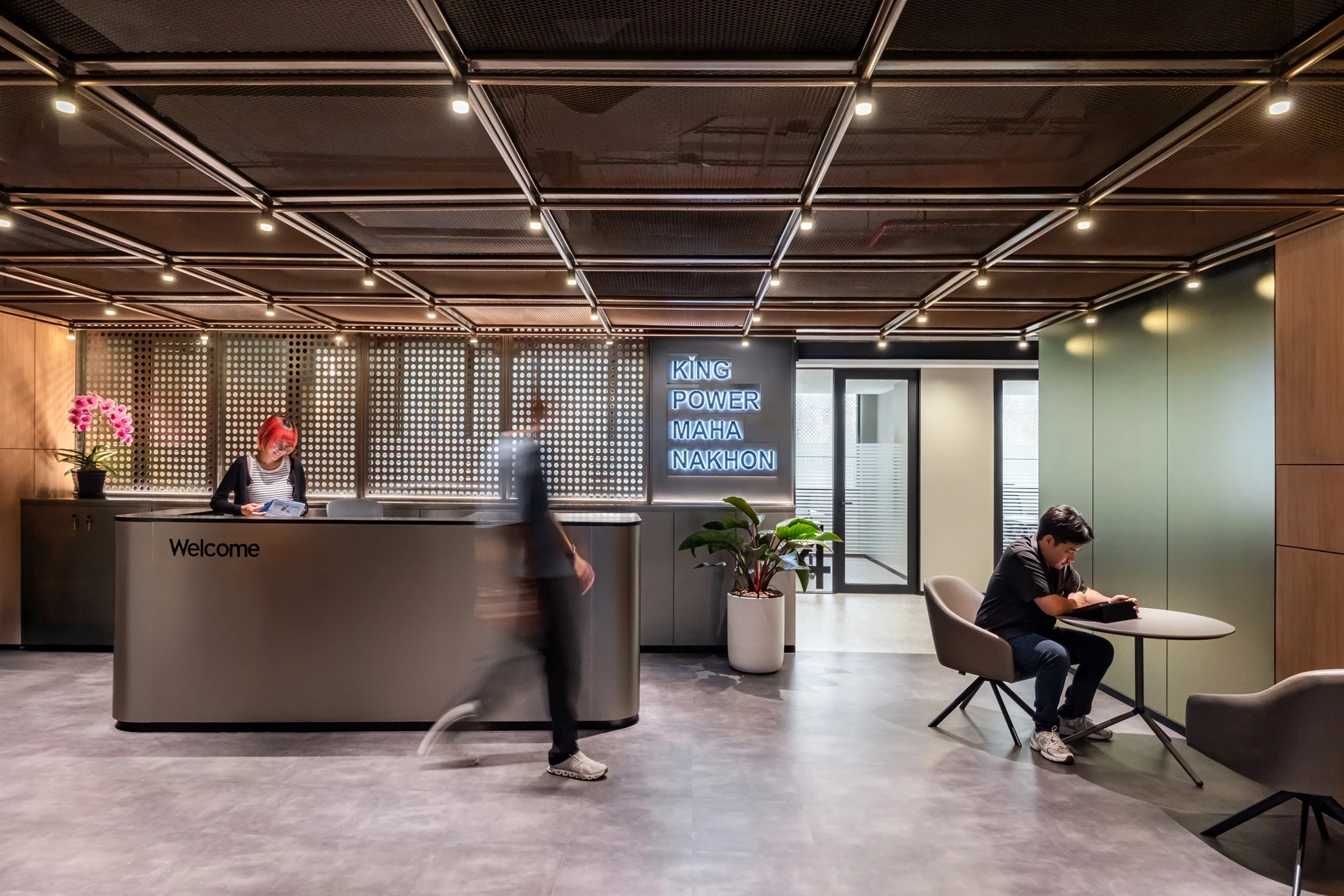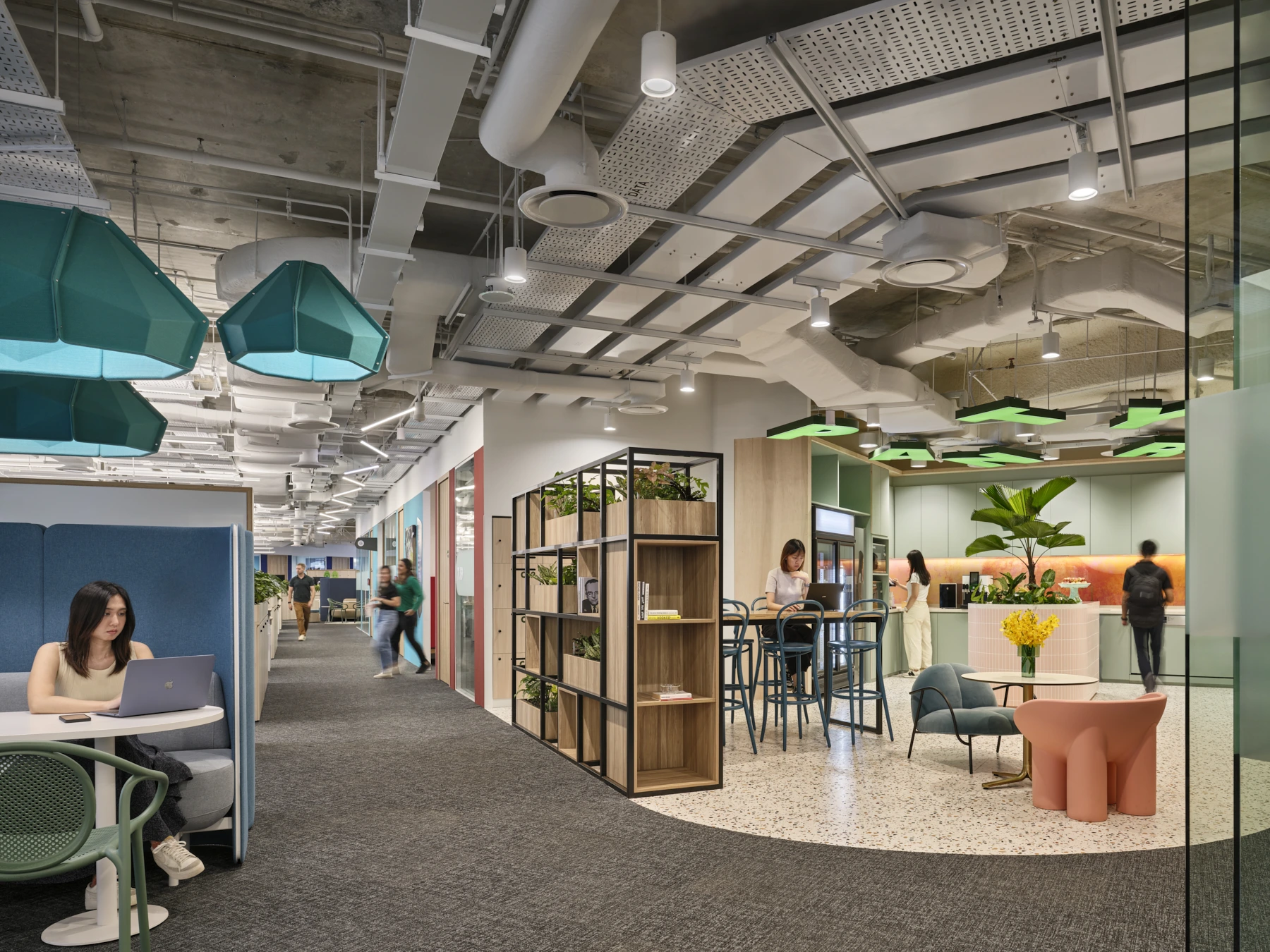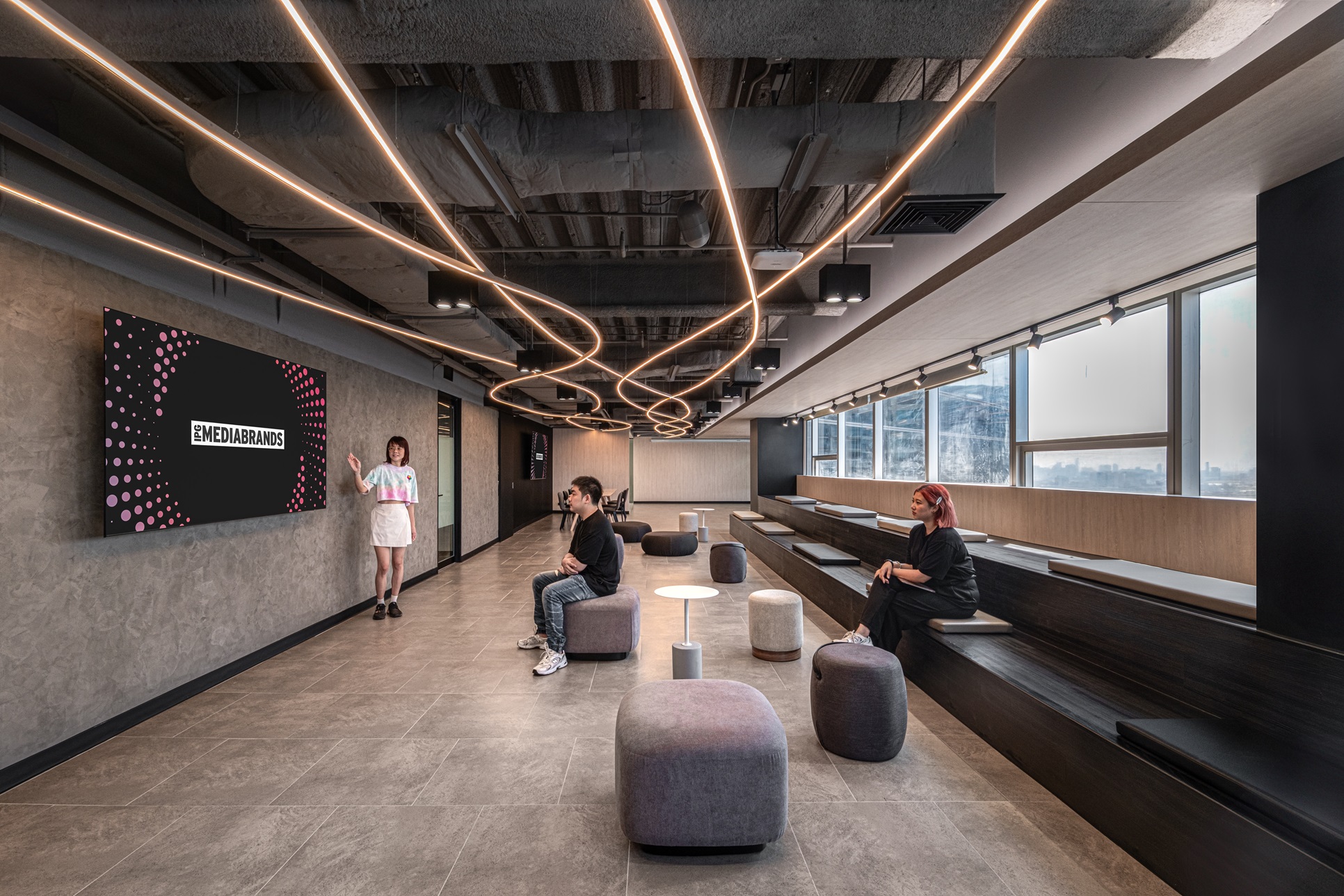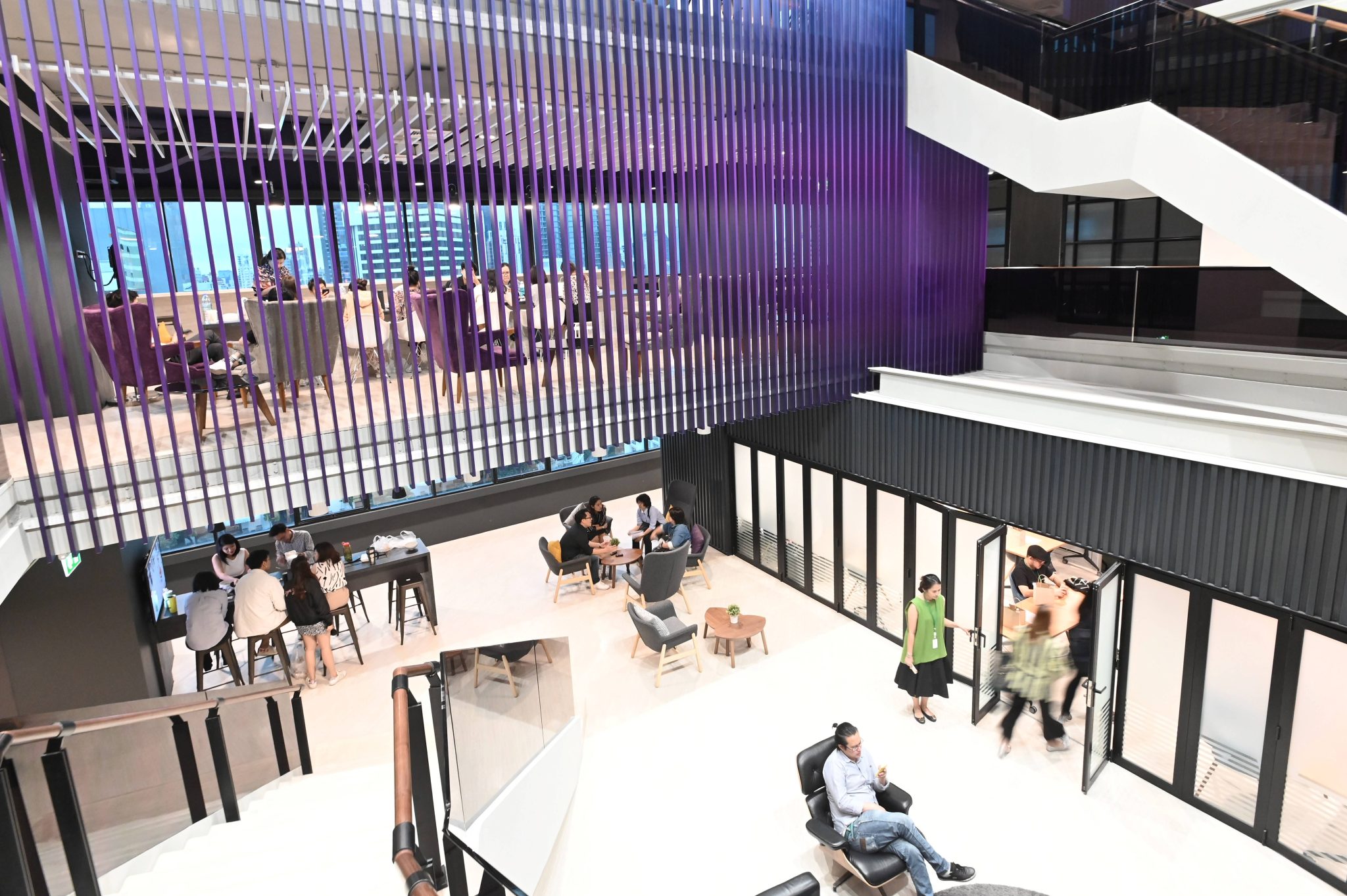Harmonising Work-from-Home and Return-to-Office Strategies
22 August 2024
The modern workplace is evolving, blending the benefits of work-from-home flexibility with the advantages of an inspiring and productive office environment. Contrary to the belief that these two modes of working are mutually exclusive, they can coexist harmoniously when employees are provided with the “right” office environment. This balanced approach can enhance employee satisfaction, productivity, and creativity, ultimately benefiting both the workforce and the organization.
The Benefits of Work-from-Home
Flexibility and Work-Life Balance
Work-from-home (WFH) arrangements offer employees greater flexibility, allowing them to manage their work schedules around personal commitments. This flexibility can lead to improved work-life balance, reducing stress and increasing overall job satisfaction.
Increased Autonomy
Remote work empowers employees with greater autonomy, enabling them to create a work environment that suits their preferences and work styles. This can lead to higher productivity and motivation as employees feel more in control of their work.
Reduced Commuting Time
Eliminating the daily commute saves time and reduces fatigue, allowing employees to allocate more time to work or personal activities. This can enhance overall well-being and contribute to a more focused and energetic workforce.
The Role of the “Right” Office Environment

Facilitating Collaboration and Innovation
A well-designed office environment fosters collaboration and innovation through spaces that encourage interaction and teamwork. Open-plan areas, collaboration zones, and meeting rooms equipped with the latest technology can help employees connect and share ideas effectively.
Providing Access to Resources
The office environment offers access to resources that might be limited at home, such as advanced technological infrastructure, specialized equipment, and a conducive atmosphere for focused work. This can enhance the quality and efficiency of work, particularly for tasks that require specific tools or environments.
Enhancing Employee Engagement
An engaging office environment can significantly boost employee morale and engagement. Amenities such as wellness rooms, fitness facilities, and comfortable break areas contribute to a positive workplace culture, making employees feel valued and motivated.
Creating a Harmonious Hybrid Model

Flexible Work Policies
Organizations can adopt flexible work policies that allow employees to choose between working from home and coming into the office based on their tasks and preferences. This hybrid model accommodates diverse work styles and personal needs, fostering a more inclusive and adaptable workforce.
Thoughtful Office Design
The “right” office environment is thoughtfully designed to support both individual and collaborative work. This includes providing a mix of quiet zones for focused tasks, open spaces for team activities, and areas for relaxation and rejuvenation. Ergonomic furniture, natural lighting, and aesthetic appeal also play a crucial role in creating a comfortable and inspiring workspace.
Clear Communication and Expectations
Effective communication is key to making a hybrid work model successful. Clear guidelines on remote and in-office work expectations, regular updates, and open channels for feedback ensure that employees stay informed and engaged. Managers should also foster a culture of trust and accountability, empowering employees to manage their work autonomously.
Leveraging Technology
Technology bridges the gap between remote and in-office work, enabling seamless collaboration and communication. Investing in robust digital tools for project management, virtual meetings, and instant messaging ensures that employees can stay connected and productive, regardless of their location.
Building a Supportive Organizational Culture
Inclusivity and Team Cohesion
An inclusive culture that values all employees, whether remote or in-office, is essential for a harmonious hybrid model. Regular team-building activities, both virtual and in-person, help maintain team cohesion and foster a sense of belonging.
Continuous Support and Development
Providing continuous support and opportunities for professional development is crucial for employee satisfaction and growth. This includes offering resources for remote work setups, access to training programs, and regular performance feedback. By investing in their development, organizations can help employees thrive in both remote and office environments.
Conclusion
Work-from-home and return-to-office strategies are not mutually exclusive but can be effectively combined to create a dynamic and productive work environment.
By providing the “right” office environment—one that is flexible, well-designed, and supportive—organizations can harness the benefits of both working modes. This balanced approach not only meets the diverse needs of employees but also drives organizational success in an ever-evolving work landscape.
TAGS
join our newsletter
Subscribe to receive the latest updates and news on design,
workplace strategy and research into your inbox.

